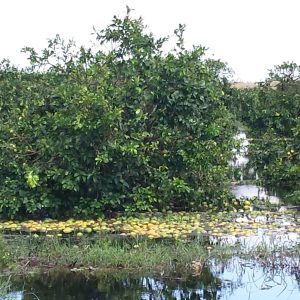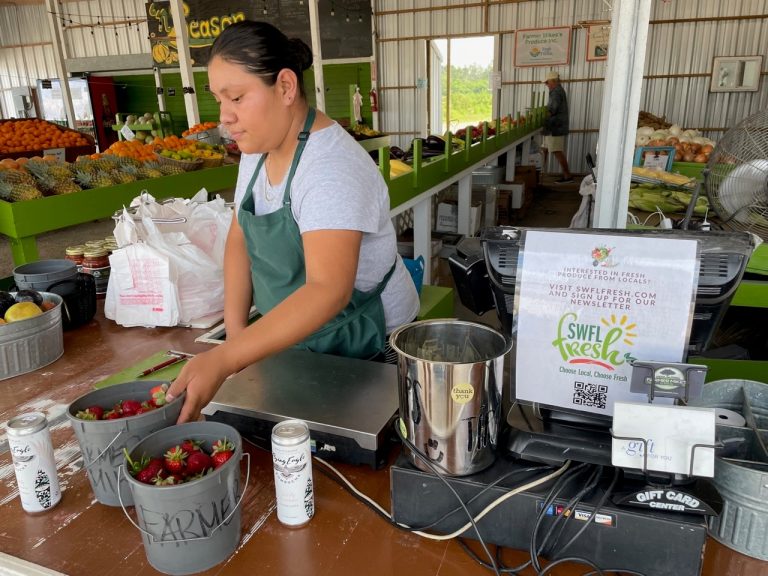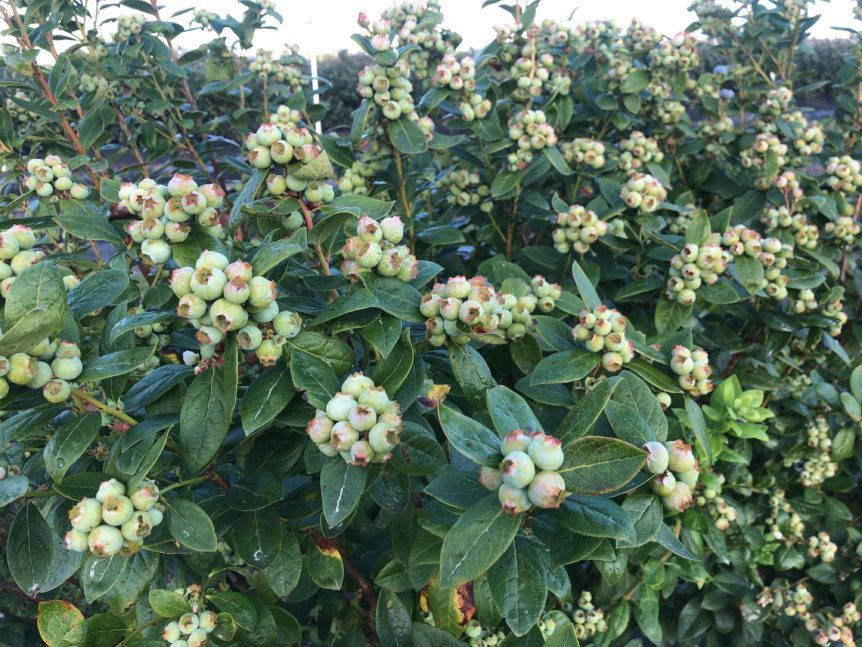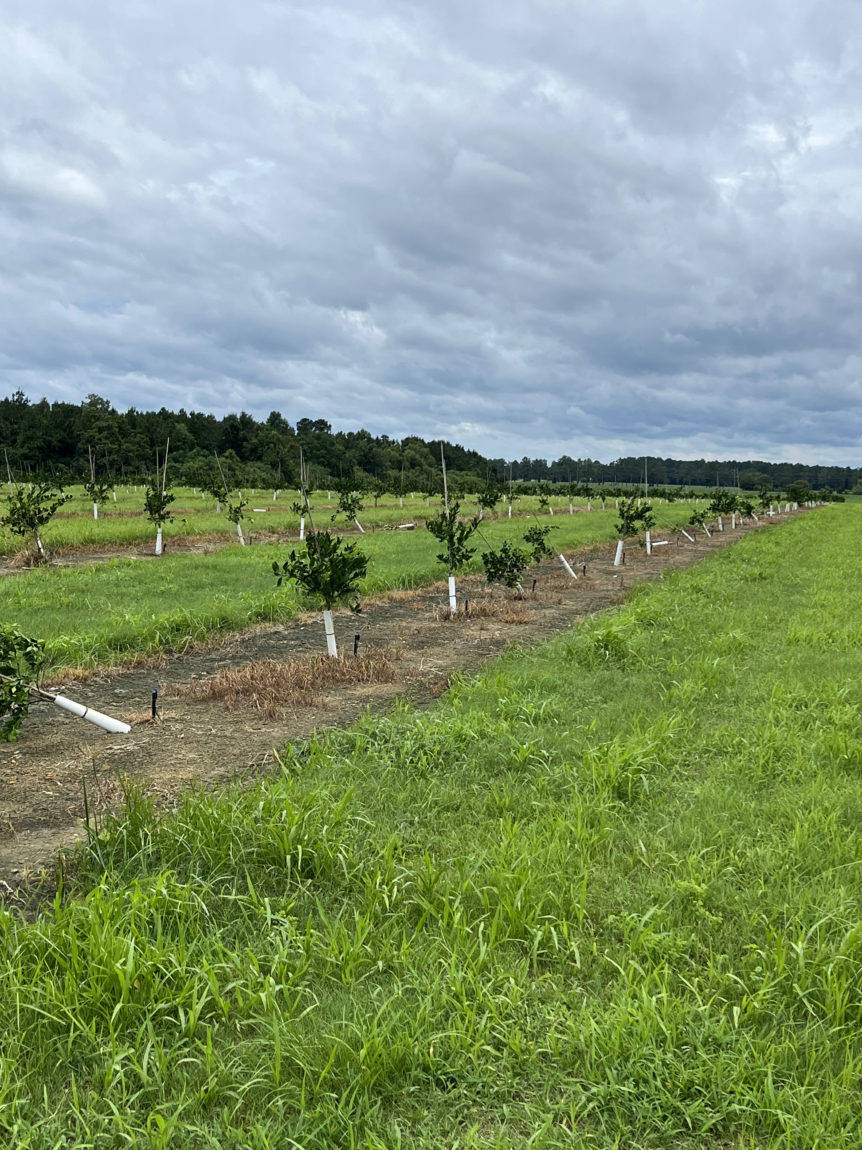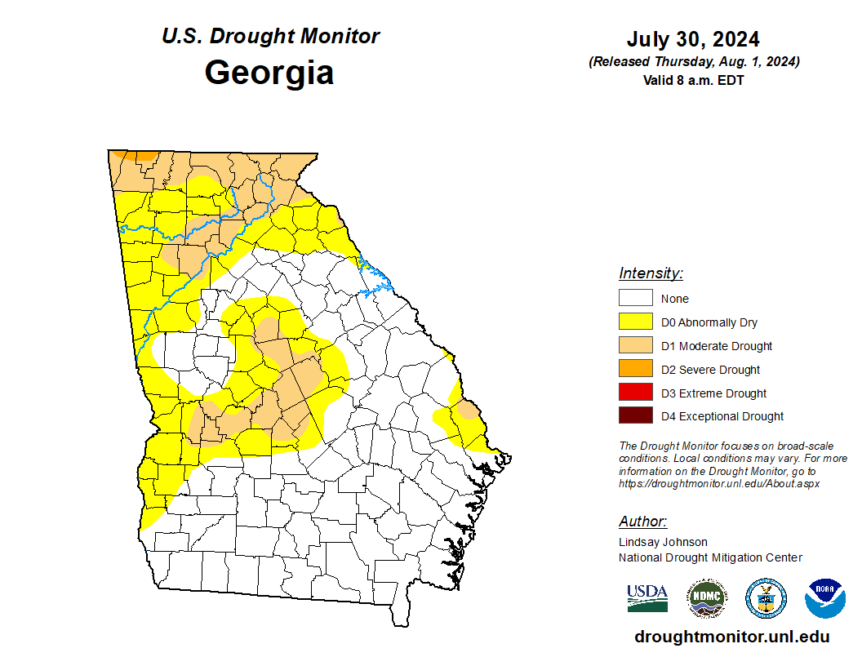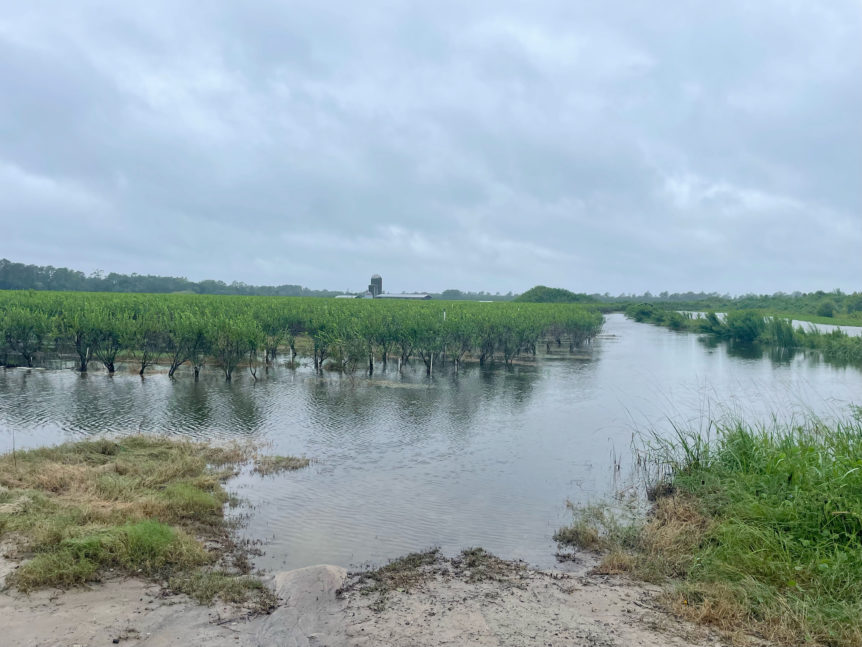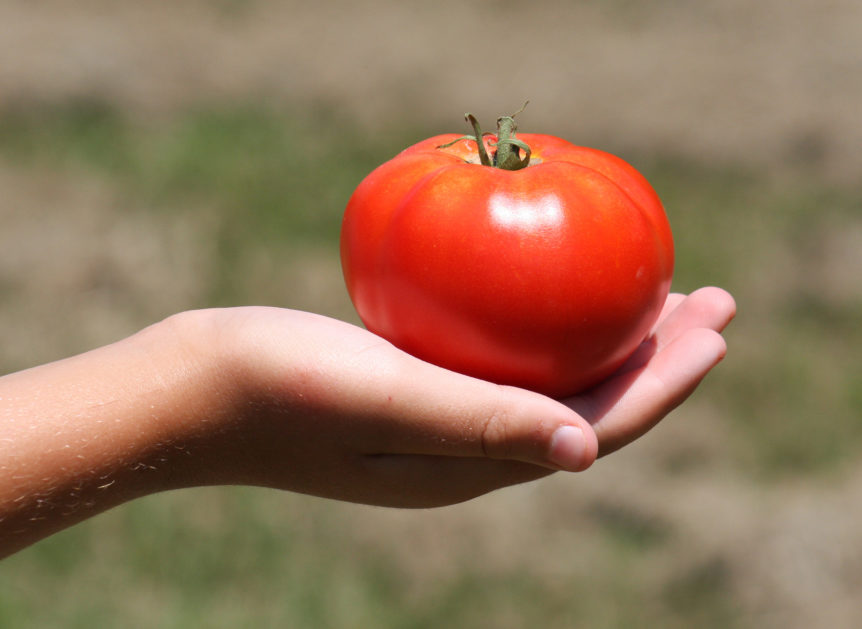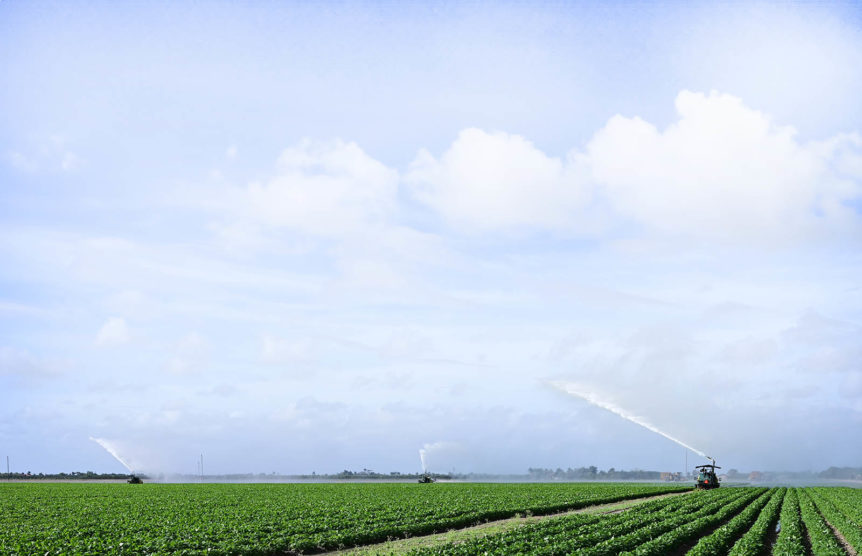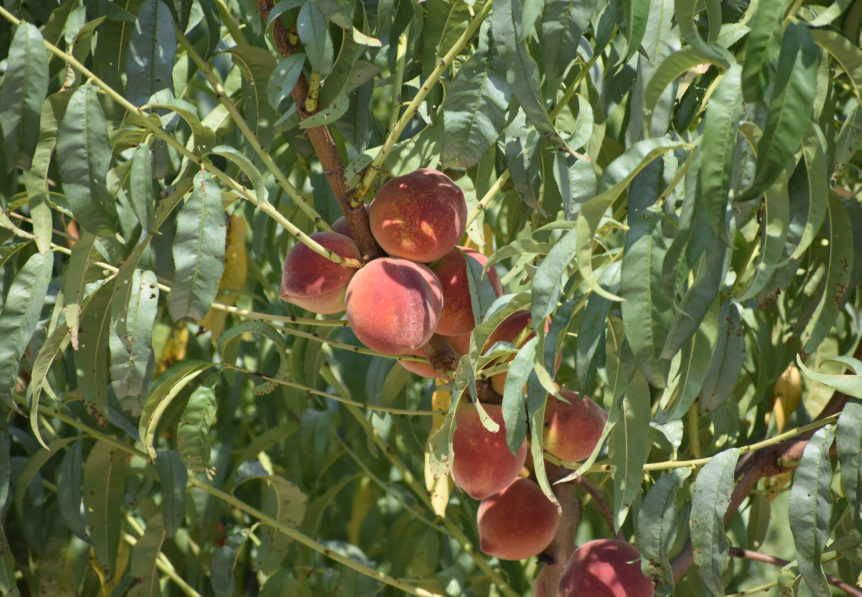By Clint Thompson Hurricane Debby’s recent trek through North Florida and South Georgia serves as a reminder about the dangers of floodwaters contacting fruits and vegetables in the field. With the potential for additional storms over the next couple of months, growers are reminded that any crop that is on the ground and comes in contact with floodwaters cannot be …
Meet UGA’s New Peach and Citrus Breeder
By Clint Thompson The University of Georgia (UGA) turned to one of its own to man the newly created peach and citrus breeder position in the College of Agricultural and Environmental Sciences (CAES). Dario Chavez joined UGA in 2014 and has conducted peach research on the UGA Griffin Campus for the past 10 years. Chavez will expand his research to …
Pricing Produce Directly to Consumers: Farmers Urged to Know Costs
Instead of taking what the broker or retailer feels like paying, small- and medium-sized farmers who sell directly to consumers should track costs, determine what they want to earn and set their own produce prices, University of Florida Institute of Food and Agricultural Sciences (UF/IFAS) experts say. Growers should base their prices on their costs, said Kim Morgan, a UF/IFAS …
Blueberry Cultivars: UF/IFAS Breeder Discusses New Releases
By Clint Thompson Florida blueberry producers will soon have a couple of new cultivar options to consider for future seasons. University of Florida Institute of Food and Agricultural Sciences (UF/IFAS) blueberry breeder Patricio Munoz confirmed that two new cultivars will soon be available. These include “Falcon” or FL17-141 and FL19-006. He highlighted Falcon first. “It’s very high yield and highly …
Hurricane Debby Damage in the Cold-Hardy Citrus Region
The impact of Hurricane Debby on the cold-hardy citrus region appears minimal, according to one industry expert. Lindy Savelle, executive director of the Georgia Citrus Association and member of the Georgia Citrus Commission, said any damage from the wind-heavy storm was limited to the younger citrus trees. Savelle has groves in Georgia’s Thomas County. Young Trees “When we get a …
Dry Weather a Positive for Specialty Crop Producers Heading into Fall Planting Season
By Clint Thompson The most recent release of the U.S. Drought Monitor paints a dry picture for specialty crop producers in Georgia, especially in the central and northern regions of the state, where abnormally and moderately dry conditions are prevalent. That’s beneficial for fruit and vegetable growers who are preparing for their fall crops and are challenged by increased disease …
Under Water: Debby Devastates Georgia Blueberry Bushes with Excessive Rains
By Clint Thompson Georgia blueberries are feeling the impact of Tropical Storm Debby this week. The storm, which was classified as a Category 1 Hurricane when it made landfall along Florida’s Big Bend coast, has drenched excessive amounts of water on blueberry bushes in the southeast part of the state. It has left Russ Goodman, co-owner of Cogdell Berry Farm …
Tomato Season: UF/IFAS Breeder Highlights Planting Season
By Clint Thompson Florida tomato plants will soon be in the ground for the 2024-25 season. For some producers, like University of Florida Institute of Food and Agricultural Sciences (UF/IFAS) tomato breeder Jessica Chitwood-Brown, that means plants go in the ground this week. Commercial growers in central and southern Florida will start planting towards the end of the month. Chitwood-Brown …
Specialty Crop Grower Magazine: Concerns Grow Over Foreign Investment in Farmland
By Frank Giles A rally cry in agriculture that rings true in recent years is: “Food security is national security.” This mantra is often used in relation to trade disruptions caused by imports of agricultural products from foreign countries that cut into the profitability of U.S. farms. This is especially true for Southeastern specialty crop growers who have seen their …
Ag Chemical Use Survey Results
The U.S. Department of Agriculture (USDA) National Agricultural Statistics Service (NASS) conducted an agricultural chemical use survey of fruit growers in 12 states, pertaining to 21 multiple fruit crops. Those surveyed included multiple states in the Southeast, including Florida, Georgia, South Carolina and North Carolina. Data is for the 2023 crop year, the one-year period starting after the 2022 harvest …










